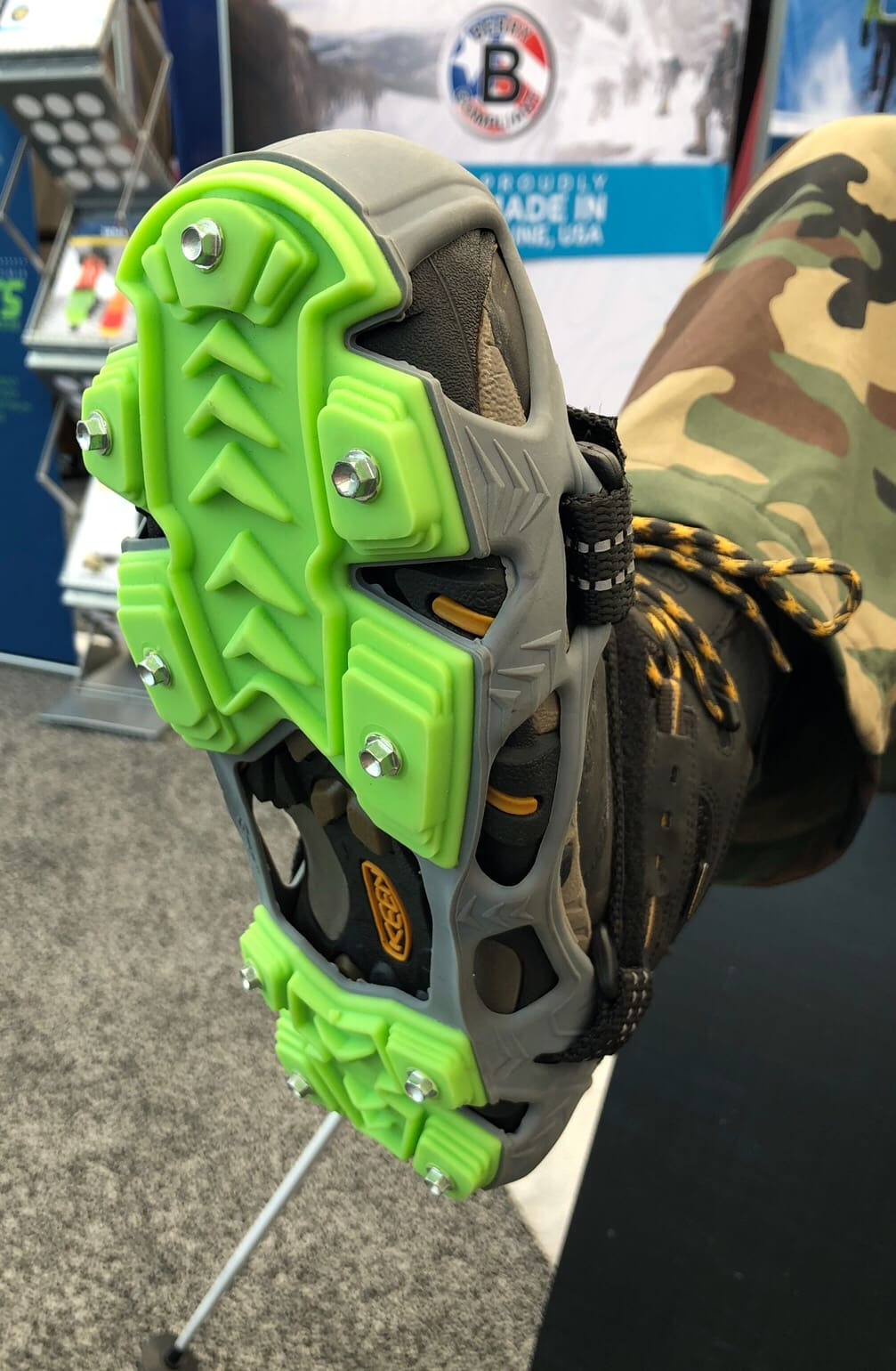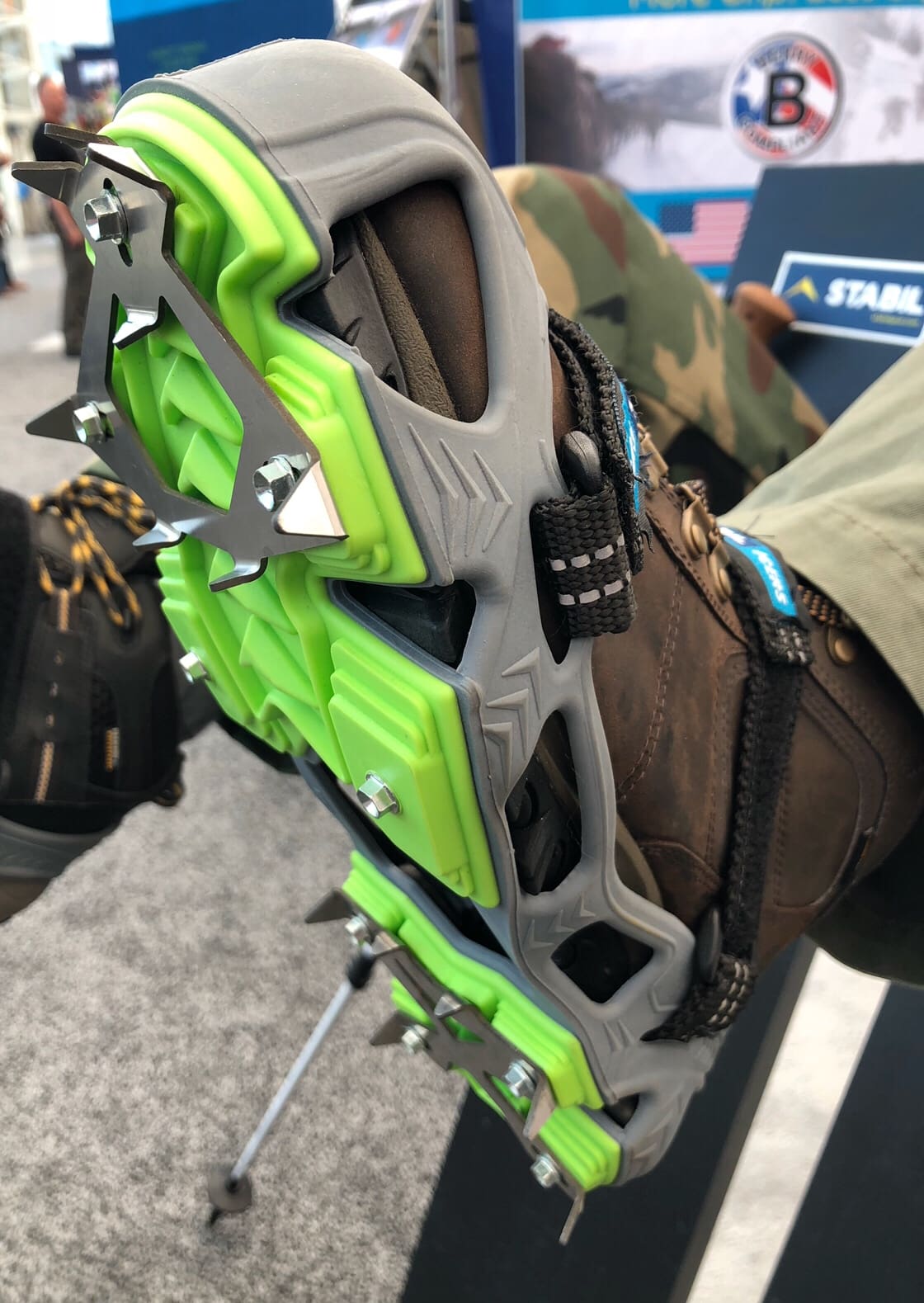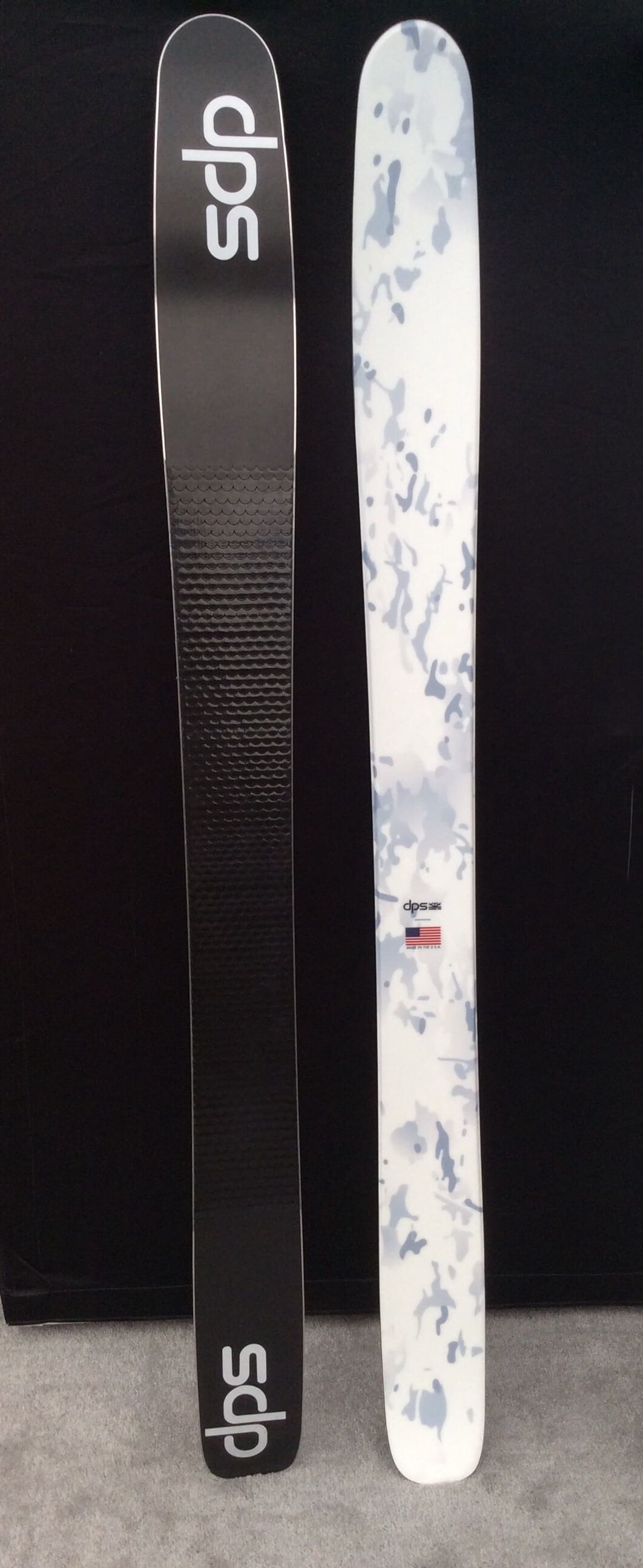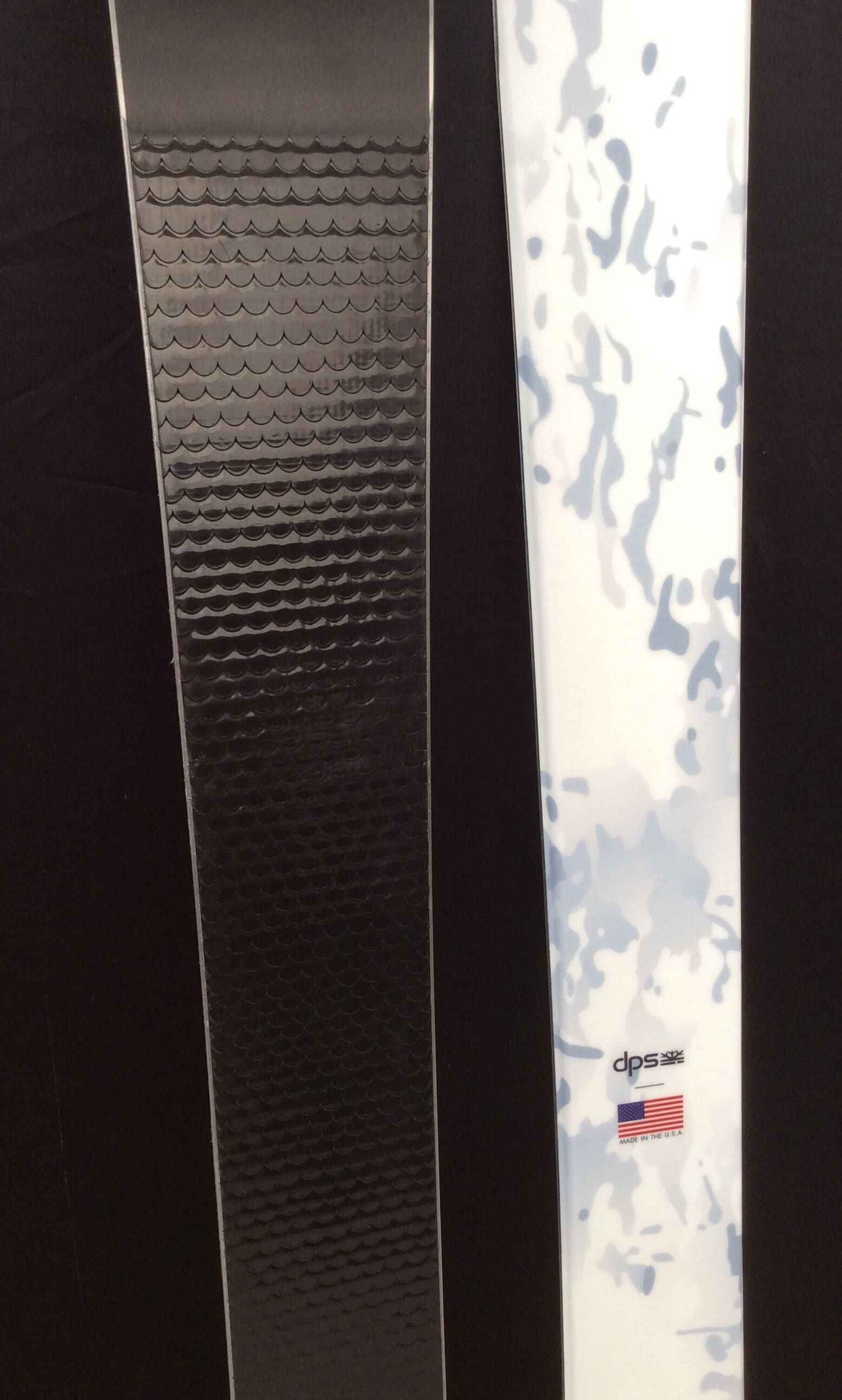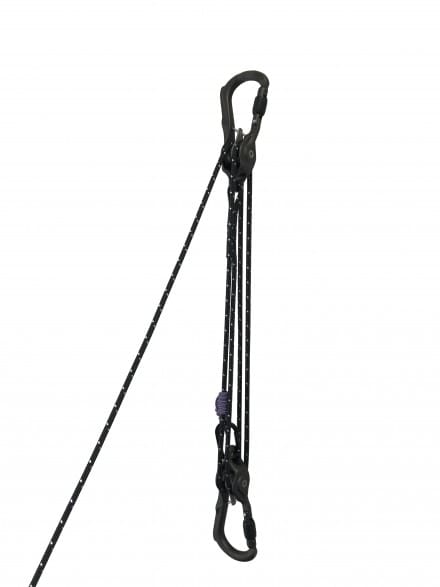Designed for the operator out in the frozen North (or South) the Expedition Guide 75 is the latest in a long line of unique boots manufactured by Swedish company Lundhags. A longstanding family brand specialising in making footwear, clothing and equipment they focus on the needs of the hardest users.
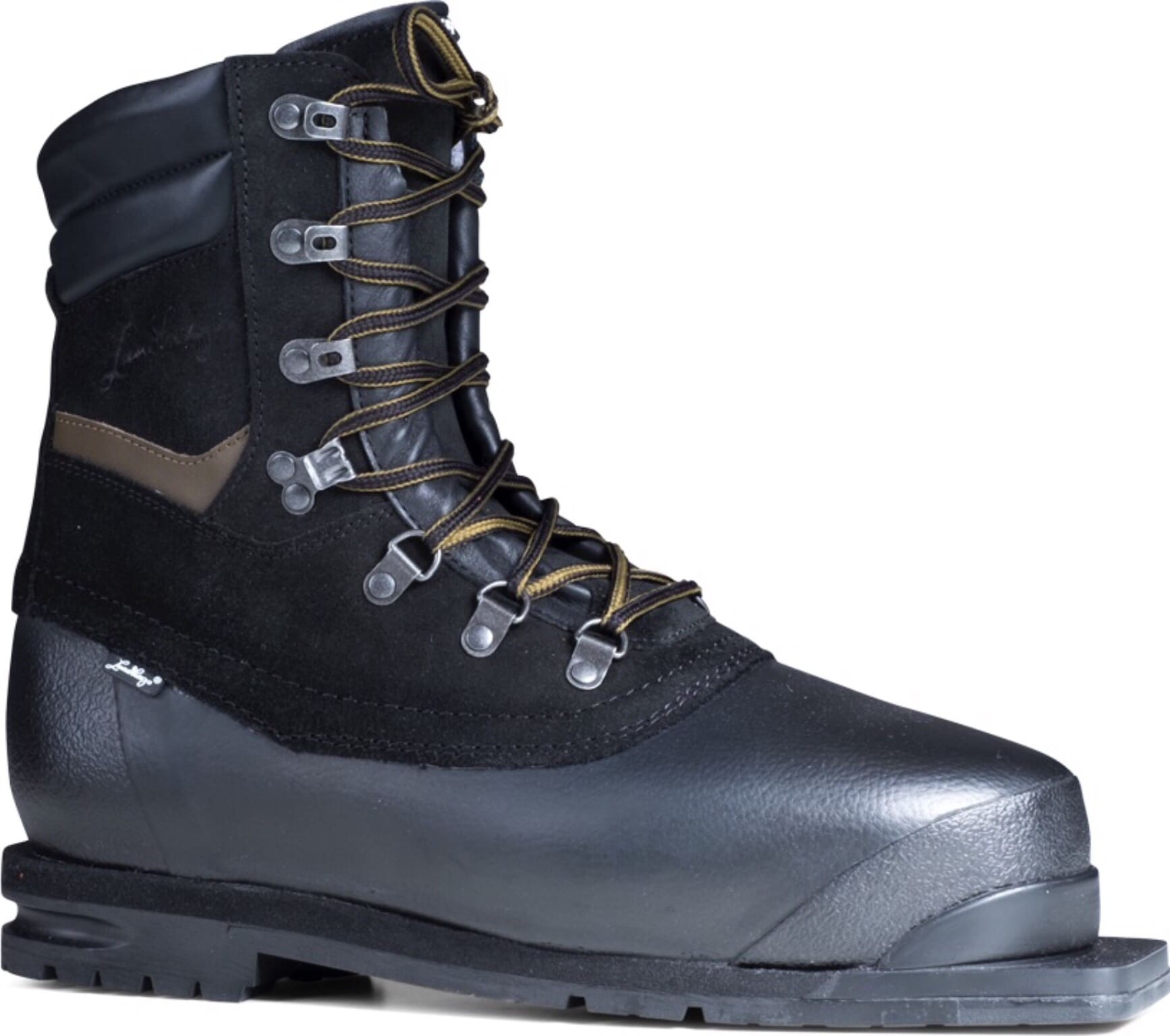
The Expedition Guide 75 is replacing its predecessor, the Husky 75, as the in service ski boot with a number of specialist military units, including the Sirius Patrol. The new lighter and more streamlined boot with its monocoque style of construction is being used by the British forces to provide a versatile, light and reliable boot for operations on the Northern Flank.
As focus turns to the ability to operate in sub-zero temperatures this boot provides an excellent balance between skiing and the normal movement required to conduct military operations.
For more information please get in touch with the team at Brigantes on tribe@brigantes.com.
High Angle Solutions is a weekly series of articles focusing on military mountaineering solutions. It’s brought to you by UK-based Brigantes Consulting, in conjunction with several other brands, both here in the US and abroad.


